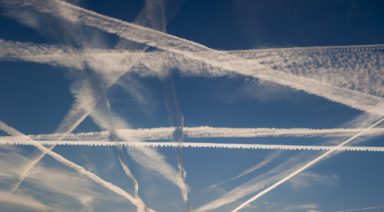Liquid Metal Brings Soft Robotics One Step Closer to Terminator 2

In 1991, Terminator 2 introduced us to a “soft” robot made from then-futuristic shape-shifting technology arrived from the future — seemingly impervious to all weapons.
The special effects were stunning; the morphing metal shone like chrome and flowed like water. Bullets passed through the self-healing material as if it were butter.
Fast-forward to March 2018. Researchers at the University of Sussex in England have applied electrical charges to “liquid metal” allowing them to manipulate the material into 2-D shapes — so far, simple numbers and letters.
A computer controls the electrical activity so that the metal is programmable and dynamic. Simple, but with far-reaching implications for the soft robotics field.
Professor Sriram Subramanian, project head, said,“Liquid metal technologies are an extremely promising class of materials for deformable applications. One of our long-term visions is a programmable liquid metal that changes the physical shape, appearance and functionality of any object through digital control to create intelligent, dexterous and useful objects that exceed the functionality of any current display or robot.”
While a liquid metal terminator androids are a good ways off, researchers are considering possibilities like re-programmable circuit boards and conductive ink.
“The compelling evidence of detailed 2D control of liquid metals excites us to explore more potential applications in computer graphics, smart electronics, soft robotics and flexible displays,” said Research Associate Yutaka Tokuda.
Why the Question of Who Created Calculus is a Touchy Subject

In calculus, there are theorems and conjectures, generally born from thinkers who love to discuss ideas and rules related to the nature of the universe. Conjectures are guesses. Theorems are proven conjectures. In political theory, it’s akin to when a bill becomes a law. Both theorems and conjectures tend to have long histories of documented improvements and analyses. The equations, proofs and rules that arise along the way are often described as simple or neat. While calculus might be founded in intellectual elegance, the history of calculus is messy and contested. This begs the questions: “who created calculus?,” and “when?”
“If a ‘religion’ is defined to be a system of ideas that contains unprovable statements, then Gödel taught us that mathematics is not only a religion, it is the only religion that can prove itself to be one.”
— John Barrow



































